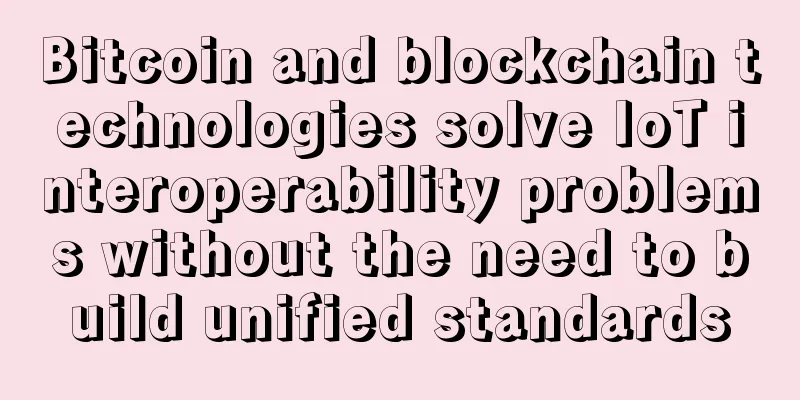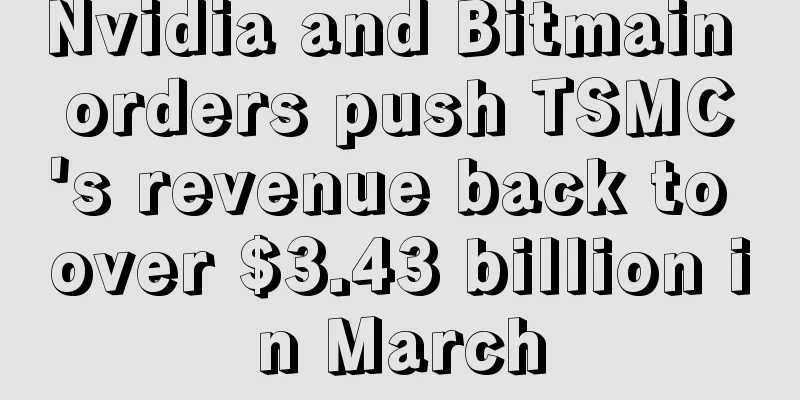Bitcoin and blockchain technologies solve IoT interoperability problems without the need to build unified standards

|
One of the main themes of this year's Embedded Linux Conference and OpenIoT Summit was the challenge of connecting the growing number of IoT standards. Many speakers at the day's conference were hopeful about the potential for functional interoperability, and there were even calls for a merger of two major open source efforts: AllSeen (the Internet of Things Alliance) and IoTivity (an open source IoT software framework) if there are no unified IoT standards. However, others, such as Dutch IT consultant Benedikt Herudek, were more skeptical. 'Forget IoT standards,' Herudek told attendees during his presentation 'Consensus in the Internet of Things - A Solution to the 'Remote Online Order' Problem.'
However, Herudek is not satisfied with an IoT world separated into silos. He proposes a potential solution, one based on a proven technology: Bitcoin . In Herudek's view, the same qualities of versatility and security that Bitcoin and blockchain technology can bring to financial transactions can also be applied to the IoT messaging protocol problem. Specifically, Herudek outlines a version of Bitcoin's "proof of work" consensus mechanism that can translate messages between all IoT applications without the need for trusted middlemen or resorting to industry or vendor protocol standards. The proposal was partly inspired by the 'Decentralized p2p Automatic Telemetry System (ADEPT) Proof of Concept' developed by IBM and Samsung, which is similar to the application of Bitcoin and blockchain in the Internet of Things. According to Herudek, his proposal improves on ADEPT. Both solutions are based on the P2P Bitcoin cryptocurrency protocol for financial transactions, using its 'wallets' and 'miners' as the equivalent of IoT endpoints. At the same time, blockchain is a public distributed ledger.
Instead of using Bitcoin's proof of work, Herudek proposed using a 'useful proof of work'. He also gave an example of the Internet of Things: a smartphone telling a smart refrigerator to open its door.
Use smart learning algorithms instead of hashingChallenges of using Bitcoin for IoT include: Using miners hashing sessions in well-defined use cases, like transferring money between two parties.
Herudek also discussed issues such as immutability, security and how to measure 'effort'. Much of the proposal requires a solid understanding of Bitcoin and the latest IoT information exchange methods. However, this approach is very interesting because it could be a ready-made alternative to a standards development process that could take many years to reach a technical and political/commercial level.
|
<<: Qingdao Touchstone: Bitcoin is "crazy in China" and Chinese aunts should be quiet
>>: On the Correct Flying Posture of Old Birds
Recommend
When miners are "fighting fiercely", their mining machines will be shut down
At around 2:30 this morning, the price of Bitcoin...
The palmistry of a man who is willing to make spiritual sacrifices
The palms of men who are willing to make spiritua...
What does it mean when a man has a small left eye and a big right eye?
What does it mean when a man has a small left eye...
ViaBTC Mining Pool Xu Haoyang: Deploying the entire industry chain in the mining industry is the future trend
At the Global Mining Exchange Summit in Tbilisi, ...
Ethereum "Mining Methodology": How to Create Strong Profitability & Strong Risk Resistance
Last week, Ethereum researchers said that ETH 2.0...
Analysis of the fortune of people born in the year of the dog with moles on their palms in 2019
Moles and zodiac signs can both interpret a perso...
Big changes in Bitcoin mining: energy consumption and emissions dispute and de-China computing power
Original title: "Big Changes in Bitcoin Mini...
Are you suitable to stay at home and raise children?
Are you suitable to stay at home and raise childr...
Jiangsu Provincial Market Supervision Bureau: Beware of short video scams such as teaching Bitcoin "mining skills"
Recently, there have been many cases of fraud usi...
Can you make a fortune by looking at your face?
Many people regard windfall as the ultimate in go...
The face of a person who likes to interrupt others the most
In life, we often encounter a situation where we ...
Adverti: The Google AdSense of Bitcoin
Adverti.io is a Bitcoin-based advertising network...
A mole on the left earlobe indicates wealth and honor
The earlobe is one of the human body structures. ...
How to read the facial features in Tianzhai Palace
The characteristics of facial features can direct...
Look at your face to see if your fortune is going downhill
There are many ways to know whether a person'...









